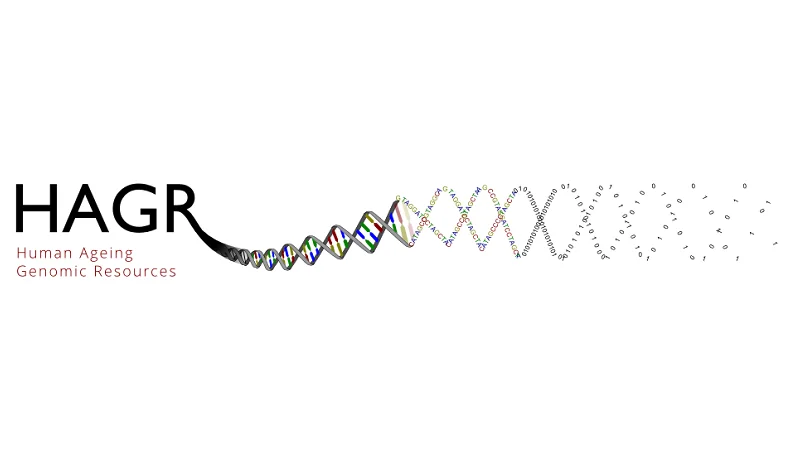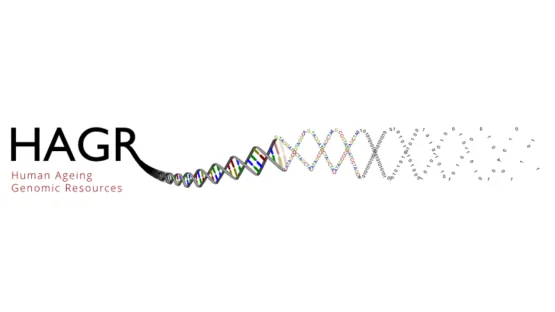The Human Ageing Genomic Resources (HAGR) is a collection of curated databases and tools designed to help researchers study the genetics of human aging through modern approaches such as functional genomics, network analyses, systems biology and evolutionary analyses.
One of the many databases in the HAGR family is CellAge, which contains information about 279 genes that are linked to the process of cellular senescence. As cells age and become too damaged to keep working in a healthy manner, most of them destroy themselves via an internal self-destruct mechanism known as apoptosis. Unfortunately, as we age, more and more of these broken cells evade apoptosis and cling to life using various pro-survival pathways. The accumulation of the resulting senescent cells is thought to be one of the reasons we age.
The problems begin once these senescent cells build up to excessive levels and start harming tissue repair and nearby healthy cells by secreting a range of inflammatory signals. Collectively, these inflammatory signals form a pro-inflammatory cocktail known as the senescence-associated secretory phenotype (SASP). The SASP contributes to inflammaging, the chronic, systemic inflammation typically seen in older people. This smoldering background of inflammation paves the way for various age-related diseases to develop and retards tissue repair and regeneration.
Perhaps worst of all, senescent cells and the inflammatory SASP that they produce can also encourage nearby healthy cells to also become senescent. Initially, there are only a relatively small number of senescent cells present in organs and tissues, but even a few can have a catastrophic effect on healthy tissue, and their numbers grow quickly as they poison healthy cells nearby.
The CellAge database is the brainchild of Dr. João Pedro de Magalhães and his team at the University of Liverpool. In a new study, the researchers demonstrated how they used a systems biology approach to examine and better understand cellular senescence and the various pathways involved in the process [1].
During the study, the team created models of protein-protein interactions and co-expression networks to track the complex interactions that occur during cellular senescence, the result of which allowed them to identify likely cellular senescence regulators. Using siRNAs, the researchers discovered 26 potential candidates that could induce at least one biomarker of cell senescence in 13 genes, causing those cells to undergo changes that resemble cellular senescence.
We develop CellAge (http://genomics.senescence.info/cells), a manually curated database of 279 human genes driving cellular senescence, and perform various integrative analyses. Genes inducing cellular senescence tend to be overexpressed with age in human tissues and are significantly overrepresented in anti-longevity and tumor-suppressor genes, while genes inhibiting cellular senescence overlap with pro-longevity and oncogenes. Furthermore, cellular senescence genes are strongly conserved in mammals but not in invertebrates. We also build cellular senescence protein-protein interaction and co-expression networks. Clusters in the networks are enriched for cell cycle and immunological processes. Network topological parameters also reveal novel potential cellular senescence regulators. Using siRNAs, we observe that all 26 candidates tested induce at least one marker of senescence with 13 genes (C9orf40, CDC25A, CDCA4, CKAP2, GTF3C4, HAUS4, IMMT, MCM7, MTHFD2, MYBL2, NEK2, NIPA2, and TCEB3) decreasing cell number, activating p16/p21, and undergoing morphological changes that resemble cellular senescence.
Overall, our work provides a benchmark resource for researchers to study cellular senescence, and our systems biology analyses reveal new insights and gene regulators of cellular senescence.
Conclusion
A deeper understanding of cellular senescence and its interactions will certainly help the development of senolytic drugs that target senescent cell accumulation, so this database is a welcome addition to the research arsenal.
Literature
[1] Avelar, R. A., Ortega, J. G., Tacutu, R., Tyler, E. J., Bennett, D., Binetti, P., … & Shields, S. (2020). A multidimensional systems biology analysis of cellular senescence in aging and disease. Genome Biology, 21, 1-22.



